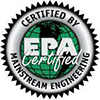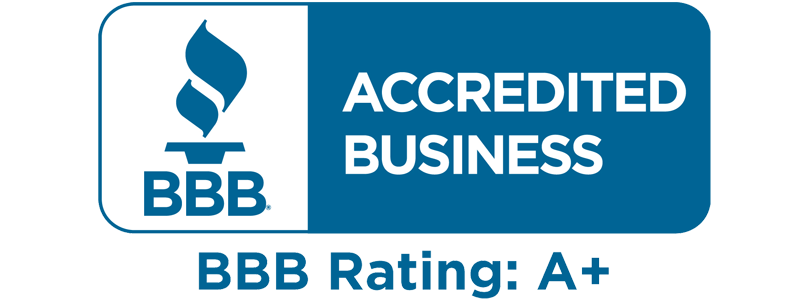Sometimes indoor air is more polluted than outdoor air. Fortunately, there are ways to combat indoor air pollution so you can maintain a healthy living environment. The first step is recognizing the sources of airborne contaminants in your home. Continue reading to discover the common culprits behind indoor air pollution.

Common Sources of Indoor Air Pollution
Many are surprised to learn that their home’s air could be far more polluted than the air outside. Here are some contributors to indoor air pollution.
Indoor Smoking and Vaping
Smoking cigarettes or vaping in your home can severely degrade air quality. These activities introduce harmful toxins into the air, significantly affecting the health of all inhabitants. The best way to protect your home’s air quality from this pollutant is to make your home a smoke-free zone.
Cooking and Heating Appliances
In commercial settings, appliances like restaurant refrigeration units can contribute to indoor air pollution. In residential homes, gas stoves, space heaters, and wood stoves can release harmful chemicals like carbon monoxide and nitrogen dioxide. Not only are these substances dangerous on their own, but they can also react with other elements in the air to form additional pollutants. Ensuring proper ventilation and regular maintenance of these appliances can help mitigate their impact.
Building Materials and Home Improvements
Materials used in your home, such as pressed wood products, can release formaldehyde, a known irritant and potential carcinogen. When undergoing renovations or repairs, especially after weather-related events, choose low-emission materials to avoid negative effects on your indoor air quality.
How Poor Indoor Air Quality Affects Your Health
The impact of indoor air pollution on health must not be underestimated. From immediate effects like eye, nose, and throat irritation to long-term consequences such as respiratory diseases and cancer, the stakes are high—especially for children, the elderly, and those with health conditions. Regular checks on your HVAC system and air filters, along with indoor air quality testing, can help identify and mitigate these risks.
Steps to Improve Your Home’s Air Quality
Here are several strategies you can use to combat indoor air pollution.
- Increase Ventilation: Regularly open windows and doors where possible to allow fresh air circulation. Use exhaust fans in bathrooms and kitchens to remove pollutants directly.
- Maintain Your HVAC System: Ensure that your air conditioning and heating systems are regularly serviced and that filters are replaced or cleaned as needed. High-efficiency particulate air (HEPA) filters can especially help in trapping finer particles.
- Test for Radon: Given the serious health risk posed by radon, a colorless and odorless gas, testing your home for radon is a crucial step in ensuring your indoor air quality is safe.
- Use Air Purifiers: In rooms where ventilation is limited, air purifiers can help reduce the concentration of airborne pollutants. They are particularly useful in bedrooms or other spaces where you spend a significant amount of time.
- Choose Non-Toxic Materials and Cleaning Products: Select paints, finishes, and cleaning products that release fewer volatile organic compounds (VOCs) and other pollutants.
Dittmer Air and Heat is here to help you achieve cleaner, healthier air in your home. Our team of certified professionals is ready to assess your indoor air quality and provide tailored solutions to meet your needs. From HVAC maintenance to air purifier installation, we guarantee quality service. Fill out our contact form or call us at (321) 637-0170 to schedule a consultation.










